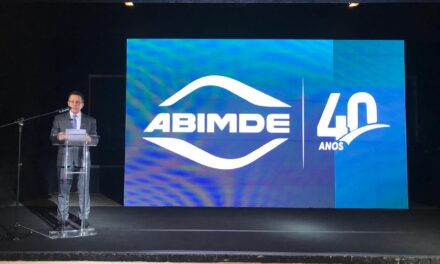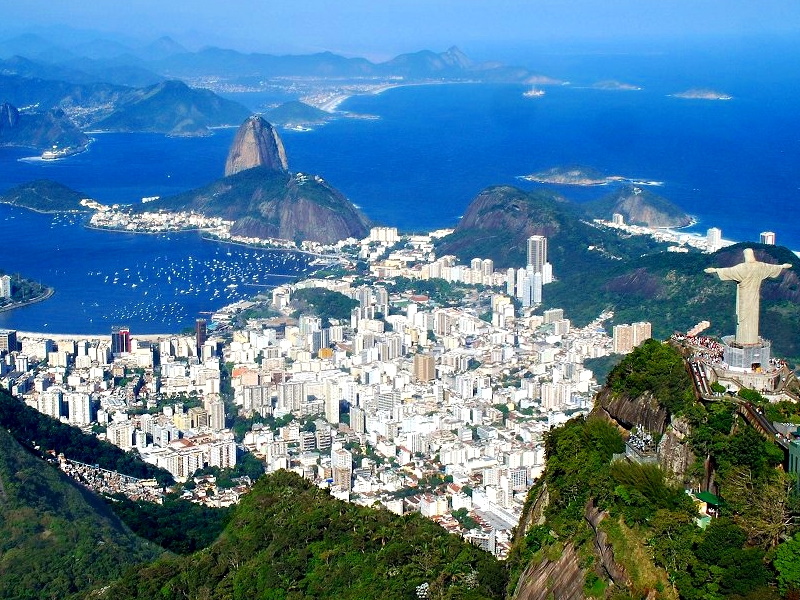Due to many, if not all, cultural activities being suspended around the country, it has been difficult for people to find entertainment outside of the usual sources, such as television and the internet. However, with such limitations, new opportunities arise for cultural spaces to spread its art pieces around the world.
Some museums and famous tourist attractions around the world offer virtual tours with 360º technology through the capture of street level 360° cameras, but everything has become even more realistic and accessible with the partnership with Google. They have developed a specific culture and art platform, Arts & Culture, formerly titles Google art project, which uses street view technology to provide free virtual tours to art galleries around the world. In addition, the site also provides information on art history, compiles works by famous artists and divides the collections in a thematic way.
THE GUIDE brings to you a brief summary of some amazing skylines you can see through Google Street View
Tokyo Tower, Tokyo:
The Tokyo Tower is one of Japan’s most iconic man-made landmarks, it is the second tallest structure in the entire country, often depicted in all sorts of Japanese media, specially movies and animation, the tower is most commonly known outside of Japan from its appearences in the Godzilla movie series. On street view you can explore the inside of the tower’s lookout point and see a beautiful view of Tokyo as well as a small part of the tower and, if you know where to look, you can even catch a small glimpse of Mt. Fuji.
Christ the Redeemer, Rio de Janeiro:
Brazil’s most famous landmark, the Cristo Redentor (Christ the Redeemer) statue in Rio de Janeiro is one of the Seven Wonders of the World and one of the postcards of the country. Located in the Corcovado, the monument was designed by the Brazilian engineer Heitor da Silva Costa and built in collaboration with the French sculptor Paul Landowski and with the engineer Albert Caquot, between 1922 and 1931. From beneath this Art Deco statue, you can see a breath-taking aerial view of Rio de Janeiro and the surrounding bay.
Taj Mahal, Agra:
The Taj Mahal is known all over the world as one of the Seven Wonders of the World, built in the 17th century CE. When looking at this marble mausoleum, you might notice that it looks the same from all sides, except the one facing river Yamuna. This side was especially embellished as it was the main entrance for the emperor. On Street View you can see the Taj Mahal from many perspectives, both inside and outside, you can change cameras by clicking the small bar on the right side of the screen.
THE GUIDE informs:
THE GUIDE Director, Mr. Pedro Paulo Moreira, signed a commercial agreement with the company Rezgatte Confecção for the sale and delivery of safety masks to the members of the community of embassies and international organizations in Brasilia.
Read more about it by clicking Here
Veja algumas das vistas aéreas mais belas do mundo pelo Street View.
Como muitas atividades culturais, se não todas, foram suspensas em todo o país, tem sido difícil para as pessoas encontrar entretenimento fora das fontes habituais, como a televisão e a Internet. No entanto, com essas limitações, surgem novas oportunidades para os espaços culturais espalharem suas obras de arte pelo mundo.
Alguns museus e atrações turísticas em todo o mundo oferecem passeios virtuais com tecnologia 360º através da captura de imagens de satélite, mas tudo se tornou ainda mais realista e acessível com a parceria com o Google. Eles desenvolveram uma plataforma específica de cultura e arte, Arts & Culture, anteriormente intitulada Google art project, que usa a tecnologia street view para fornecer passeios virtuais gratuitos a galerias de arte em todo o mundo. Além disso, o site também fornece informações sobre história da arte, compila obras de artistas famosos e divide as coleções de maneira temática.
O THE GUIDE traz para você mais exemplos de museus e atrações turísticas que tornaram suas exposições abertas ao público por meio desta plataforma:
Torre de Tóquio, Tóquio:
A Torre de Tóquio é um dos marcos artísticos mais emblemáticos do Japão, é a segunda estrutura mais alta de todo o país, geralmente retratada em todos os tipos de mídia japonesa, especialmente filmes e animação; a torre é mais conhecida fora do Japão por sua aparições na série de filmes Godzilla. Na vista da rua, você pode explorar o interior do mirante da torre e ver uma bela vista de Tóquio, além de uma pequena parte da torre e, se você souber onde procurar, poderá até mesmo vislumbrar o Monte. Fuji.
Cristo Redentor, Rio de Janeiro:
Marco mais famoso do Brasil, a estátua do Cristo Redentor no Rio de Janeiro é uma das Sete Maravilhas do Mundo e um dos cartões postais do país. Localizado no Corcovado, o monumento foi projetado pelo engenheiro brasileiro Heitor da Silva Costa e construído em colaboração com o escultor francês Paul Landowski e com o engenheiro Albert Caquot, entre 1922 e 1931. Por baixo desta estátua Art Deco, você pode ver uma vista aérea de tirar o fôlego do Rio de Janeiro e da baía circundante.
Taj Mahal, Agra:
O Taj Mahal é conhecido em todo o mundo como uma das Sete Maravilhas do Mundo, construída no século XVII. Ao olhar para este mausoléu de mármore, você pode notar que ele tem a mesma aparência de todos os lados, exceto o de frente para o rio Yamuna. Este lado foi especialmente embelezado, pois era a entrada principal do imperador. No Street View, você pode ver o Taj Mahal de várias perspectivas, tanto interna quanto externamente; você pode trocar de câmera clicando na pequena barra no lado direito da tela.








